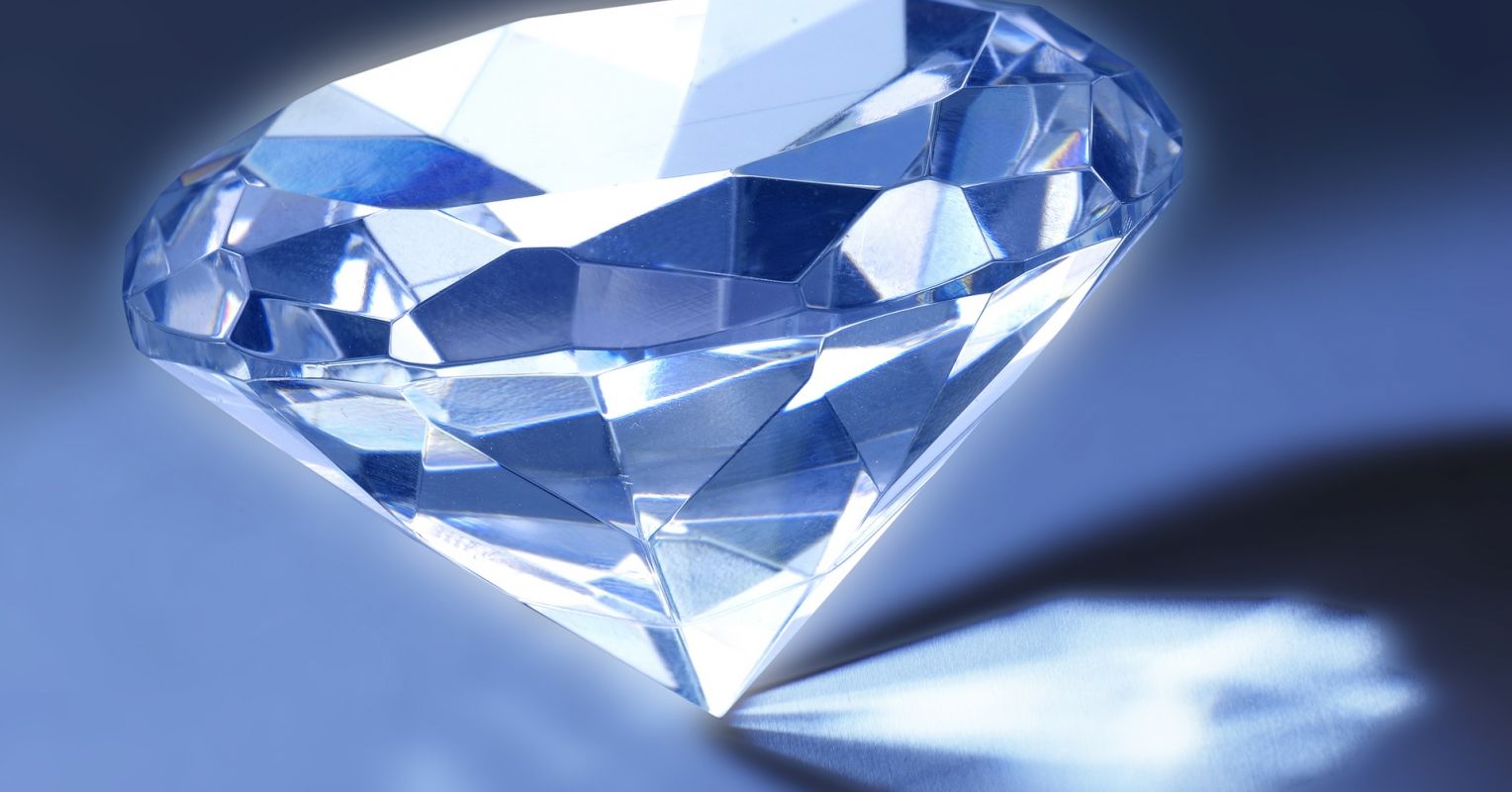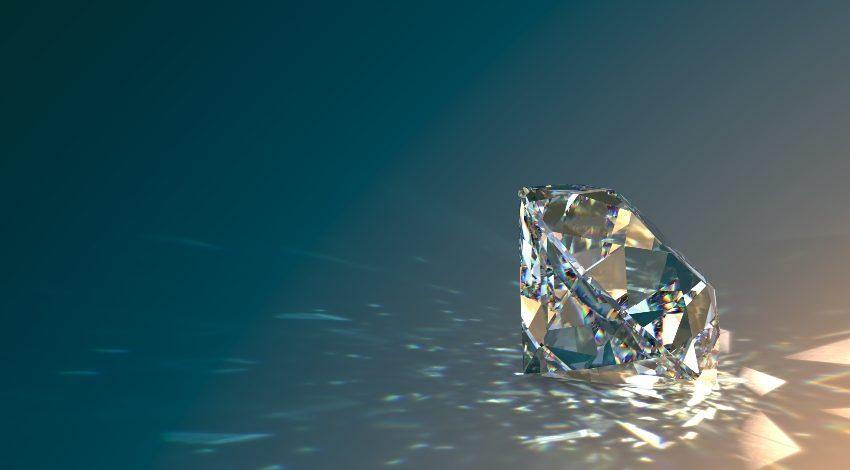The Ultimate Guide to Diamond Cuts: What You Need to Know

Introduction to Diamond Cuts
Diamonds — those dazzling pearls that capture the encapsulation of extravagance and elegance. Regardless, beyond their sparkle and allure lies a fundamental aspect that plays a significant work in their overall beauty and value: the cut. All on the whole, what exactly does “diamond cut” mean, and for what reason is it so crucial? How about we bounce into the world of diamond cuts and unravel their secrets.
The Importance of Diamond Cuts
At the moment that we talk about a diamond’s cut, we’re referring to how well the diamond has been shaped and faceted. This isn’t just about the diamond’s physical shape yet about how those facets interact with light. The cut of a diamond can make or break its brilliance. A particularly cut diamond mirrors light beautifully, creating that signature sparkle, while a poorly cut diamond can look dull and idle. Essentially what does diamond cut mean, the cut concludes how a diamond performs concerning fire, brilliance, and scintillation — those dazzling flashes of light that make diamonds so captivating.
How Diamond Cuts Affect Value
A diamond’s cut is one of the most critical factors in choosing its value. Dissimilar to color or clarity, which are more about the diamond’s natural characteristics, the cut mirrors the mastery of the craftsman and the plan of the diamond. An ideal cut can make a diamond appear larger and more radiant, consequently increasing its value. On the other hand, a poorly executed cut can significantly diminish a diamond’s appeal and cost.
Understanding Diamond Cut Quality
To grasp the significance of diamond cuts, figuring out the 4 Cs of diamonds: Cut, Color, Clarity, and Carat Weight is essential. Each “C” plays a special work in evaluating a diamond’s overall quality, yet the cut is the only aspect that is straightforwardly impacted by human craftsmanship.
The 4 Cs of Diamonds
Cut
The cut of a diamond is all about how well the diamond has been fashioned. It affects how light travels through the diamond and ultimately how much sparkle it displays. The cut is graded based on various factors, including proportions, balance, and clean. A fantastic cut will maximize the diamond’s brilliance and fire, while a poor cut will diminish it.
Color
Color alludes to the color of the diamond, with the most valuable diamonds being colorless. Color grading ranges from D (colorless) to Z (light yellow or brown). However not straightforwardly related to the cut, color can impact the apparent brilliance of a diamond.
Clarity
Clarity measures the internal and external flaws in a diamond. These imperfections, known as inclusions and flaws, can affect how light passes through the diamond. Higher clarity generally means less flaws and greater brilliance.
Carat Weight
Carat weight indicates the size of the diamond. Larger diamonds are rarer and more valuable, yet the cut can impact how large the diamond appears.
Evaluating Diamond Cuts
Cut Grades
Diamonds are graded on a scale from Magnificent to Poor. The grading takes into account how well the diamond’s facets interact with light. A diamond with an “Magnificent” grade will display the most sparkle and brilliance, while a “Poor” grade will show less.
Ideal Cut
An “Ideal Cut” is a term oftentimes used to portray a diamond that has been cut to exact proportions to maximize its brilliance. The proportions and angles of an Ideal Cut diamond are upgraded to mirror light in the most effective way, bringing about a dazzling sparkle.
Various Sorts of Diamond Cuts
Diamonds come in various cuts, each with its extraordinary style and characteristics. Understanding these cuts can assist you with picking the right one for your inclinations and necessities.
Round Brilliant Cut
The Round Brilliant Cut is the most popular and classic cut. It has 58 facets, planned to maximize brilliance and fire. Its immortal appeal makes it a favorite for engagement rings and other fine diamonds.
Princess Cut
The Princess Cut is known for its advanced, square shape. It features a brilliant cut pattern with 76 facets, creating a dazzling sparkle. This cut is a popular decision for individuals who want a contemporary look.
Emerald Cut
The Emerald Cut is characterized by its step-like facets and rectangular shape. This cut emphasizes clarity and offers a sophisticated, vintage appeal. Its long, linear facets create an extraordinary visual impact.
Lab made diamonds are created in controlled environments using advanced technology that mimics the natural diamond formation process. Unlike mined diamonds, which take millions of years to develop deep within the Earth, lab-grown diamonds can be produced in just a few weeks. They are chemically, physically, and optically identical to natural diamonds, offering the same brilliance and durability.
Asscher Cut
Similar to the Emerald Cut, the Asscher Cut is a square cut with step-like facets. It was first developed in the early 20th hundred years and is known for its vintage charm and exceptional clarity.
Cushion Cut
The Cushion Cut joins a square or rectangular shape with adjusted corners, seeming to be a pad. It has been around for many years and offers a romantic, antique look with its large facets and delicate sparkle.
Marquise Cut
The Marquise Cut is an elongated, oval shape with pointed closes. It creates the illusion of greater length and size, making it a magnificent decision for those searching for a striking, elegant appearance.
Oval Cut
The Oval Cut is similar to the Round Brilliant yet with an elongated shape. It gets brilliance together with a clever style, offering an advanced bend on the classic round cut.
Picking the Right Cut for You
While picking a diamond cut, consider your personal style and inclinations. Do you lean toward a classic look or something more present day? Your decision should mirror your individuality and taste.
Personal Style and Inclinations
Your decision of diamond cut should align with your personal style. Whether you favor the ageless elegance of the Round Brilliant Cut or the fascinating charm of the Cushion Cut, your inclination is critical to picking the ideal diamond.
Setting and Plan Considerations
The setting and plan of your jewels also play a crucial work. The cut you pick should enhance the overall plan and setting of the piece, enhancing its overall appearance and ensuring it matches your style.
Common Misconceptions About Diamond Cuts
There are several misconceptions about diamond cuts that can lead to confusion. We ought to uncover probably the most common legends.
Cut versus Shape
One common misunderstanding is confusing “cut” with “shape.” While the cut alludes to the quality of the facets and overall craftsmanship, the shape is the mathematical form of the diamond, similar to adjust, princess, or emerald.
The Cut’s Impact on Sparkle
Another legend is that the cut doesn’t significantly affect a diamond’s sparkle. In reality, the cut is the primary factor concluding how much light a diamond reflects, straightforwardly impacting its brilliance and fire.
Conclusion
The diamond cut is a crucial component that impacts a diamond’s beauty and value. By understanding the various sorts of cuts, their impact on the diamond’s sparkle, and how to pick the right cut for your inclinations, you can make an informed decision while picking your next piece of diamond adornments. Whether you’re drawn to the classic Round Brilliant or the advanced Princess Cut, the ideal decision will enhance the diamond’s brilliance and guarantee it impeccably supplements your style. Along these lines, next time you gaze at a diamond, recall: its cut is what really makes it sparkle.






